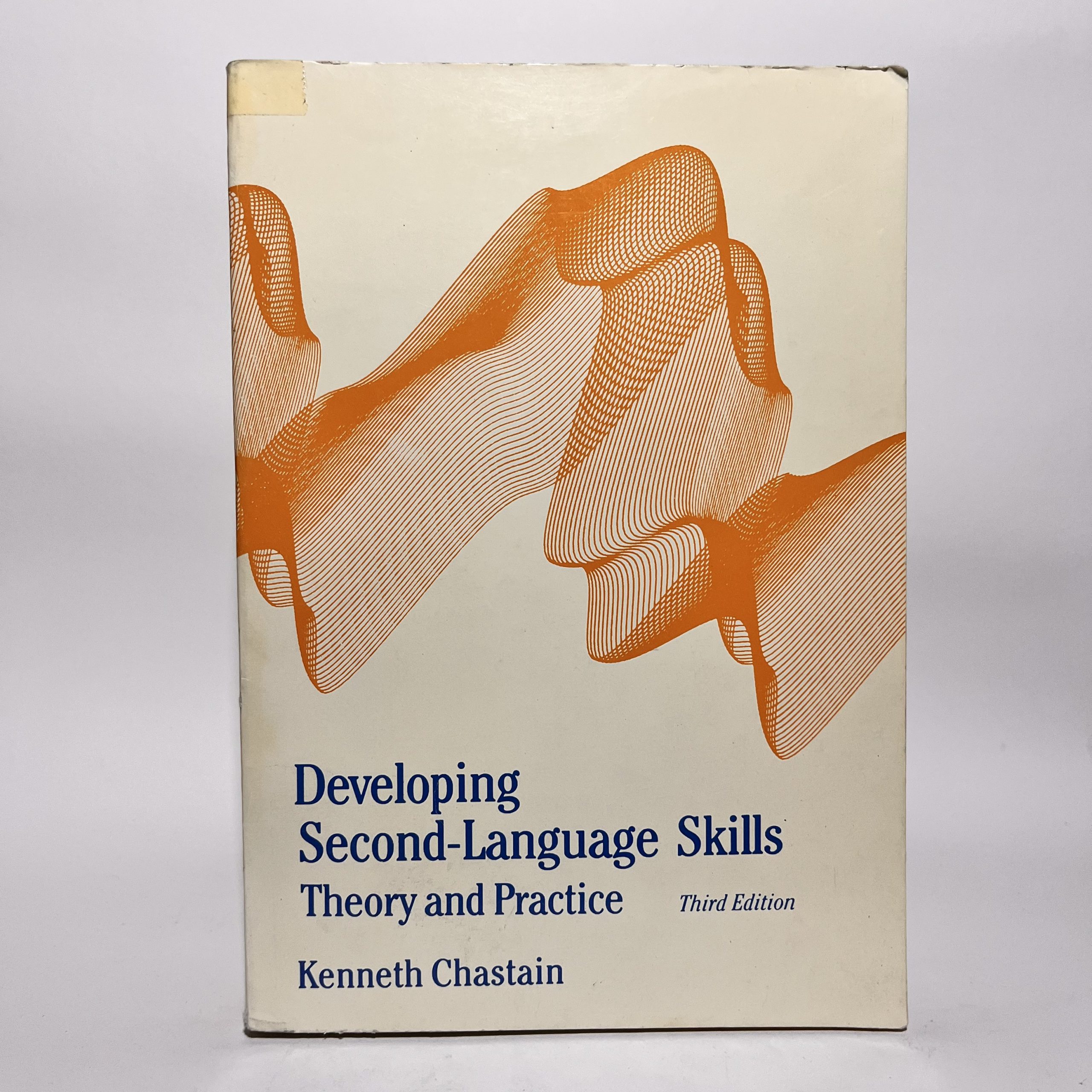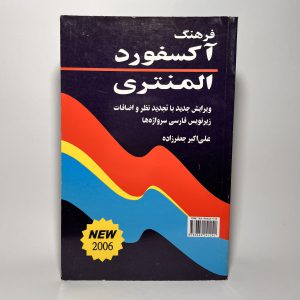نقد و بررسی
Developing Second-Language Skills By Kenneth Chastainمتن کامل با تخفیف ویژه
با اطمینان خرید کنید، کتابفروشی میم دارای نماد اعتماد از وزارت صنعت، معدن و تجارت می باشد.
Developing Second-Language Skills By Kenneth Chastain
third edition
انتشارات کتابکده
چاپ اول سال ۱۳۷۰
قطع: وزیری
جلد: شومیز
درباره این کتاب :
The goal of the third edition of Developing Second-Language Skills: Theory and Practice is similar to that of the previous editions: to provide an overview of second-language learning and teaching that will enable both prospective and practicing teachers to understand the relationship between theory and practice and to use that knowledge to become competent teachers who can develop their unique skills and improve their teaching effectiveness as new approaches evolve.
The emphasis in this edition has shifted more toward a communication-based orientation than was the case in the second edition, which described a grammar-based approach. The decision to focus greater attention on communication was made for two reasons. First, both research results and theoretical models support the contention that learners must participate in communication activities to develop communication skills. Second, most teachers are products of grammar-based language classes, which might cause them to view language learning from that perspective. They need to consider alternative approaches that might be more effective in promoting the development of communication skills. However, teachers should not assume that the shift away from grammar in this book implies that they should abandon grammar-based activities. Many second-language educators advocate concentration on grammar and correction of errors as a way of preventing the fossilization of errors. Others say that knowledge of grammar develops second-language skills, and teachers are aware that most students seem to want to “know” the grammar. Understanding both grammar-based and communication-based approaches enables language teachers to comprehend currently proposed approaches better and to make more effective choices in their own teaching.
The first five chapters deal primarily with background, theory, and approaches;
Chapter 6 serves as a link between theory and practice; and the focus of the final eight chapters is on practice. The treatment of theory progresses from learning theory to linguistic theory to approaches. The discussion of the teaching-learning process covers each of the four basic language skills as well as culture, lesson planning (sequentially arranged objectives and classroom activities), and evaluation.


































0دیدگاه